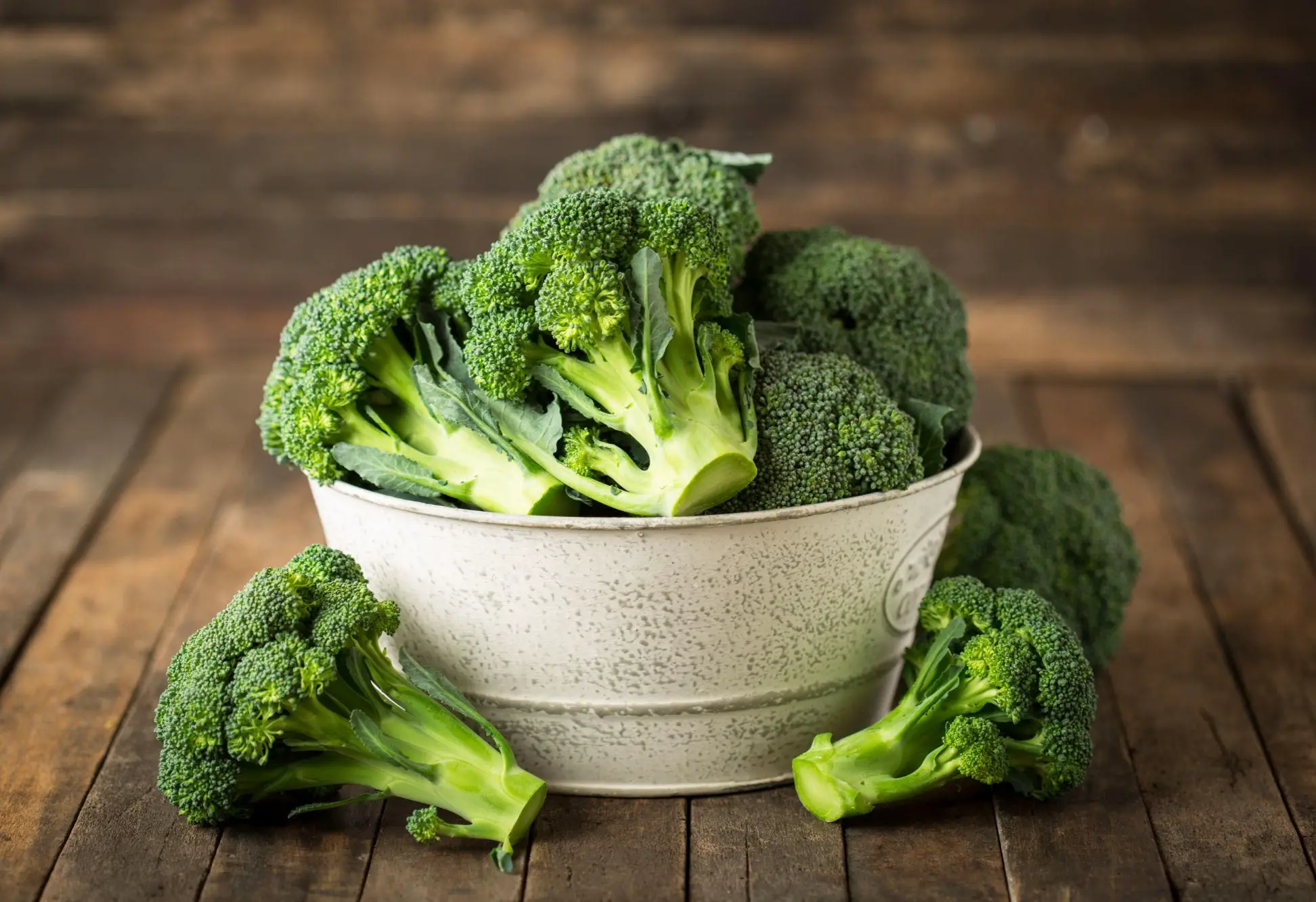A recent study at Penn State revealed that broccoli contains molecules that bind to a receptor in mice, protecting the lining of the small intestine and inhibiting disease development. The findings bolster the evidence for broccoli and other cruciferous vegetables as “superfoods” that support gut health and overall well-being.
Scientists find that a specific molecule found in broccoli interacts with a receptor in mice, which improves gut health.
Broccoli is widely recognized for its health benefits. For example, studies have shown that consuming more of this cruciferous vegetable can reduce the risk of cancer and type 2 diabetes. Now, a recent investigation conducted at Penn State revealed that broccoli contains specific molecules that attach to a receptor in mice, protecting the lining of the small intestine and preventing disease progression. These results further reinforce the idea that broccoli is truly a “superfood.”
“We all know broccoli is good for us, but why? What happens in the body when we eat broccoli? said Gary Perdew, H. Thomas and Dorothy Willits Hallowell Professor of Agricultural Sciences, Penn State. “Our research is helping uncover the mechanisms that explain how broccoli and other foods benefit the health of mice and likely humans as well. It provides strong evidence that cruciferous vegetables, such as broccoli, cabbage and Brussels sprouts, should be part of a normal healthy diet.
According to Perdew, the lining of the small intestine allows beneficial water and nutrients to pass into the body, but keeps out food particles and bacteria that could cause harm. Certain cells that line the intestine, including enterocytes, which absorb water and nutrients; goblet cells, which secrete a protective layer of mucus on the intestinal wall; and Paneth cells, which secrete lysosomes containing digestive enzymes, help modulate this activity and maintain a healthy balance.
In their study published in the journal Laboratory investigation, Perdew and his colleagues found that molecules in broccoli, called aryl hydrocarbon receptor ligands, bind to the aryl hydrocarbon receptor (AHR), which is a type of protein called a transcription factor. This binding, they found, initiates a variety of activities that affect the functions of intestinal cells.
To conduct their study, the researchers fed an experimental group of mice a diet containing 15% broccoli, which equates to about 3.5 cups a day for humans, and fed a control group of mice a typical lab diet not containing broccoli. They then analyzed the animals’ tissues to determine how much RHA was activated, as well as the amounts of various cell types and mucus concentrations, among other factors, in both groups.
The team found that mice that were not fed broccoli lacked AHR activity, leading to impaired gut barrier function, reduced transit time of food through the small intestine, decreased number of goblet cells and protective mucus, decreased Paneth cells and lysosome production, and decreased number of enterocyte cells.
“Intestinal health in mice that were not fed broccoli was compromised in a variety of ways known to be associated with disease,” Perdew said. “Our research suggests that broccoli and possibly other foods can be used as natural sources of AHR ligands, and that diets high in these ligands contribute to small intestinal resilience.”
More broadly, added Andrew Patterson, John T. and Paige S. Smith Professor of Molecular Toxicology and Biochemistry and Molecular Biology, “these data suggest that dietary cues, relayed by AHR activity, can reshape the repertoire cellular and metabolic of the digestive tract.”
Reference: “Aryl Hydrocarbon Receptor Activation Coordinates Mouse Small Intestinal Epithelial Cell Programming” by Xiaoliang Zhou, Debopriya Chakraborty, Iain A. Murray, Denise Coslo, Zoe Kehs, Anitha Vijay, Carolyn Ton, Dhimant Desai, Shantu G. Amin, Andrew D. Patterson and Gary H. Perdew, January 11, 2023, Laboratory investigation.
DOI: 10.1016/j.labinv.2022.100012
The study was funded by the National Institutes of Health Grants, the US Department of Agriculture and the Penn State Cancer Institute.

